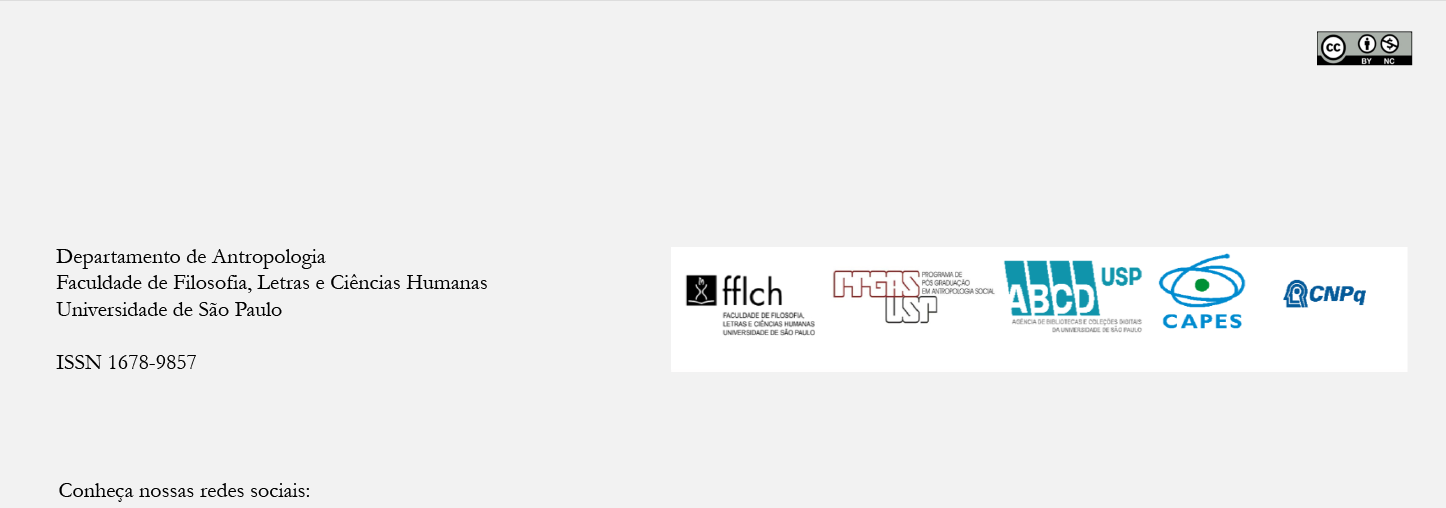Sistemas regionais, relações interétnicas e movimentos territoriais – os Tapajó e além na história ameríndia
DOI:
https://doi.org/10.11606/2179-0892.ra.2015.102099Palavras-chave:
Zona tribal, etnogênese, etno-história, Tapajó, Aruaques, ArawakResumo
Esse artigo considera o nascimento de um território ameríndio complexo no Baixo Amazonas no !nal do século xvii. Esse território, identi!cado pela região dos rios Madeira/Tapajós, pode ser vista como uma zona tribal, fora do contato direto com a sociedade colonial, entretanto conectada a ela. A guerra entre os Tapajó (costa sul, ao redor da foz do rio Tapajós) e os Aruaque (costa norte, ao redor do lago Saracá), que já ocorria durante grande parte do século dezessete, chegou a um ápice no inicio de 1660. Com envolvimento europeu, a guerra acabou gerando consequências para o potencial coletivo de ambas partes, que !cou muito reduzido. Considerando as relações de alianças e combates, esse artigo confronta as transformações internas e externas no Baixo Amazonas, focando na nação tapajó. Será que esses grandes povos se dividiram em etnias diferentes, ou se reagruparam na zona tribal, ou ainda, será que diminuíram e perderam poder?Downloads
Downloads
Publicado
Edição
Seção
Licença
Autores que publicam na Revista de Antropologia concordam com os seguintes termos:
a) Autores mantém os direitos autorais e concedem à revista o direito de primeira publicação, com o trabalho simultaneamente licenciado sob a Licença Creative Commons Attribution que permite o compartilhamento do trabalho com reconhecimento da autoria e publicação inicial nesta revista.
b) Autores têm autorização para assumir contratos adicionais separadamente, para distribuição não-exclusiva da versão do trabalho publicada nesta revista (ex.: publicar em repositório institucional ou como capítulo de livro), com reconhecimento de autoria e publicação inicial nesta revista.
c) Autores têm permissão e são estimulados a publicar e distribuir seu trabalho online (ex.: em repositórios institucionais ou na sua página pessoal) após o processo editorial, já que isso pode gerar alterações produtivas, bem como aumentar o impacto e a citação do trabalho publicado (Veja O Efeito do Acesso Livre).



